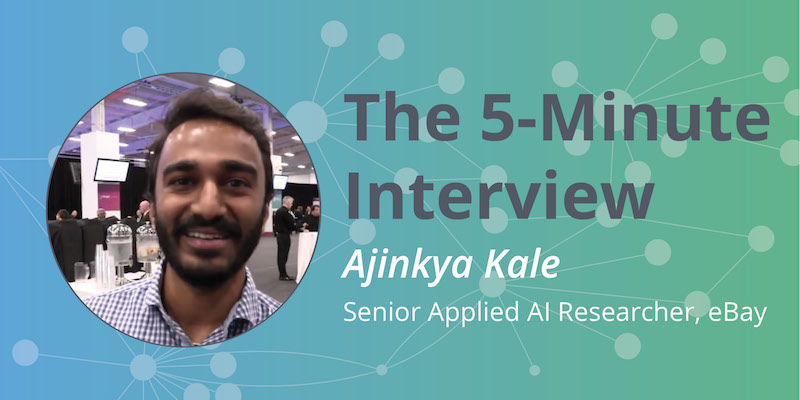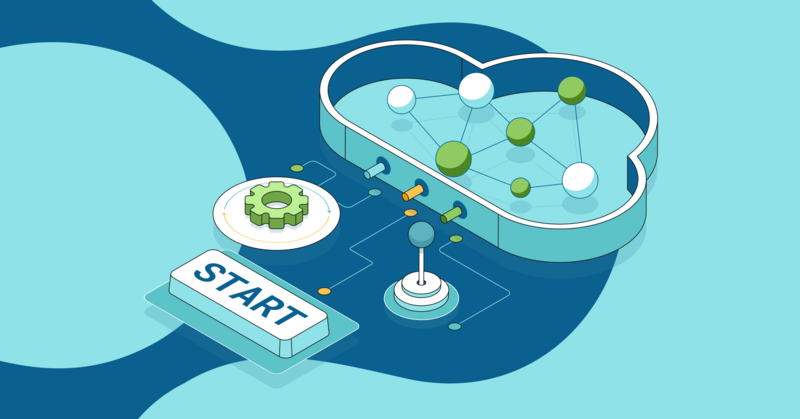Machine Learning on Graphs: 5-Minute Interview with Ajinkya Kale, Senior Applied Researcher at eBay

Editor-in-Chief, Neo4j
3 min read

“Most people are not yet looking at graph databases from a machine-learning point of view. All the inherent knowledge we as humans use to make decisions can be encoded in a graph structure,” said Ajinkya Kale, Senior Applied Researcher at eBay’s New Product Development Group.
For Ajinkya, it’s all about the synergy between graphs and machine learning. As a Senior Applied Researcher at eBay’s New Product Development Group, Ajinkya and his team use Natural Language Understanding to bake machine learning into the graph database that drives eBay’s virtual shopping assistant, eBay ShopBot.
In this week’s five-minute interview (conducted at GraphConnect New York), Ajinkya tells us how he got started with Neo4j and about his vision for machine learning on knowledge graphs.
Talk to us about how you guys use Neo4j at eBay.
Ajinkya Kale: We built eBay ShopBot using Neo4j as a probabilistic graph model to drive conversations. Conversational commerce is basically a system where you interact with the agent as you would interact with a salesperson in a shop, and so we needed to encode human understanding into our knowledge graph.
You’ve been using Neo4j a while, right?
Kale: I have been in the research field for almost five years now, and actually I have used Neo4j since I was working on my master’s.
There’s a funny story I told Emil. On one of my master’s projects, I was stuck on some issues. At that time, Peter Neubauer – one of the founders – was still at Neo4j. I posted on the Neo4j forum, and Peter just jumped on and said, “Hey, let’s do a Skype call,” and I said [laughing], “Okay, fine.” We shared screens and he fixed some things for me, which is pretty cool, having a founder get on a call with you.
What made you choose Neo4j?
Kale: We looked at a bunch of graph technologies. Neo4j’s track record and my experience with it were among the reasons we went with Neo4j as a graph solution.
Other factors were the ease of use, especially as a developer who is new to Neo4j, as well as the way you can visualize the data and play with it at the same time. From the experimentation phase to production, it’s super easy to use.
What do you think the future of graph technology looks like?
Kale: Most people are not looking at graph databases from a machine-learning point of view. All the inherent knowledge we as humans have accumulated since our childhood, the knowledge we use to make decisions, can be encoded in a graph structure. And that’s going to be a big thing going forward.
Want to share about your Neo4j project in a future 5-Minute Interview? Drop us a line at content@neo4j.com
Learn why a recommender system built on graph technology is more powerful and efficient with this white paper, Powering Recommendations with Graph Databases – get your copy today.








